Festooning Bees: Understanding the Behavior and Its Significance
Bees festoon in the hive for several reasons, all of which contribute to the construction of comb and the overall functioning and organization of the hive.
Festooning behaviour involves bees linking together in chains or clusters, hanging from the top bars of the hive like a curtain. Here's why bees exhibit this behavior:
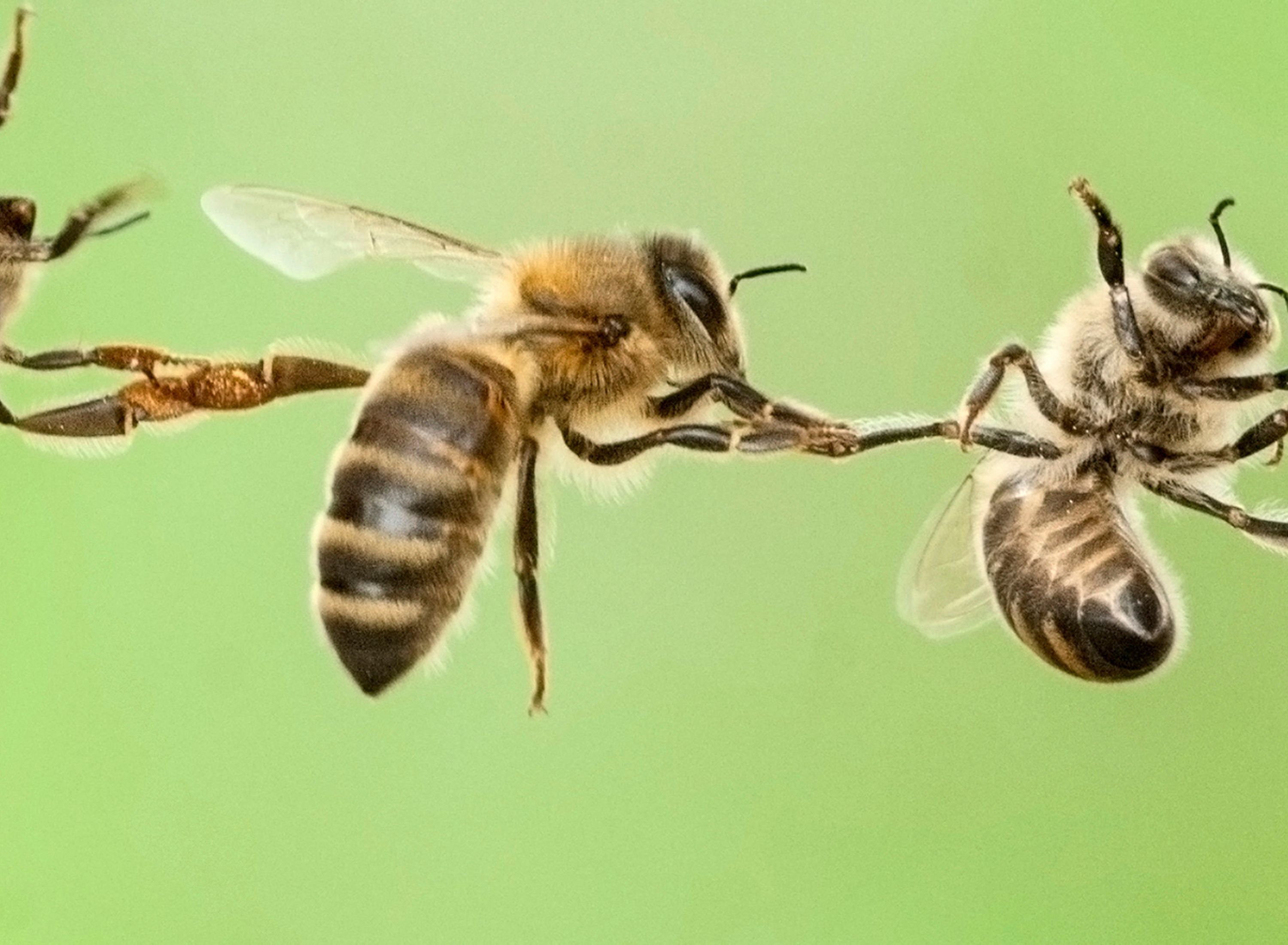
Frame Comb Building:
Festooning is often observed during the construction of beeswax comb. By linking together in chains, bees can measure and shape the comb more precisely.
This cooperative effort ensures that the comb is built straight and uniform, optimising storage space and facilitating efficient brood rearing and food storage.
Temperature Regulation in the Hive:
Festooning bees can help regulate the temperature within the hive. By hanging in clusters, they can adjust their position relative to the comb to control airflow and maintain optimal temperature and humidity levels for brood development and honey storage.
This behaviour is especially important during periods of intense heat or cold when maintaining the hive's thermal stability is critical for colony survival.
Communication and Coordination:
Festooning serves as a means of communication and coordination among hive members.
Bees use pheromones and physical contact to signal to their nestmates, conveying information about comb-building activities, resource availability, and other hive-related tasks.
Festooning clusters allow bees to synchronize their efforts and work cooperatively towards common goals, such as expanding the hive or storing food reserves.
Structural Support:
Festooning bees provide structural support for newly constructed comb or comb undergoing repairs.
By hanging in chains, they reinforce the delicate wax structures, preventing them from collapsing under their weight or environmental stressors.
This collective reinforcement helps maintain the integrity of the comb and ensures its durability throughout the hive's lifecycle.
Swarm Preparation:
This behaviour is also observed during swarm preparation, particularly when bees are in the pre-swarming stage.
As the colony prepares to swarm, bees may festoon in clusters near the entrance or along the inner walls of the hive, forming bridge-like structures that facilitate the movement of bees between combs.
This preparatory behaviour helps streamline the swarming process and ensures the smooth transition of bees to a new nesting site.
Overall, festooning in the hive is a remarkable example of the collective intelligence and cooperative behavior exhibited by honey bees.
By working together in clusters, bees can accomplish complex tasks such as comb construction, temperature regulation, communication, and swarm preparation, contributing to the success and resilience of the colony as a whole.


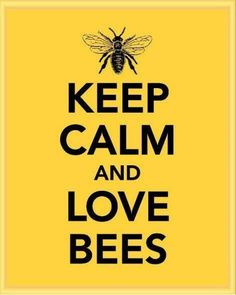

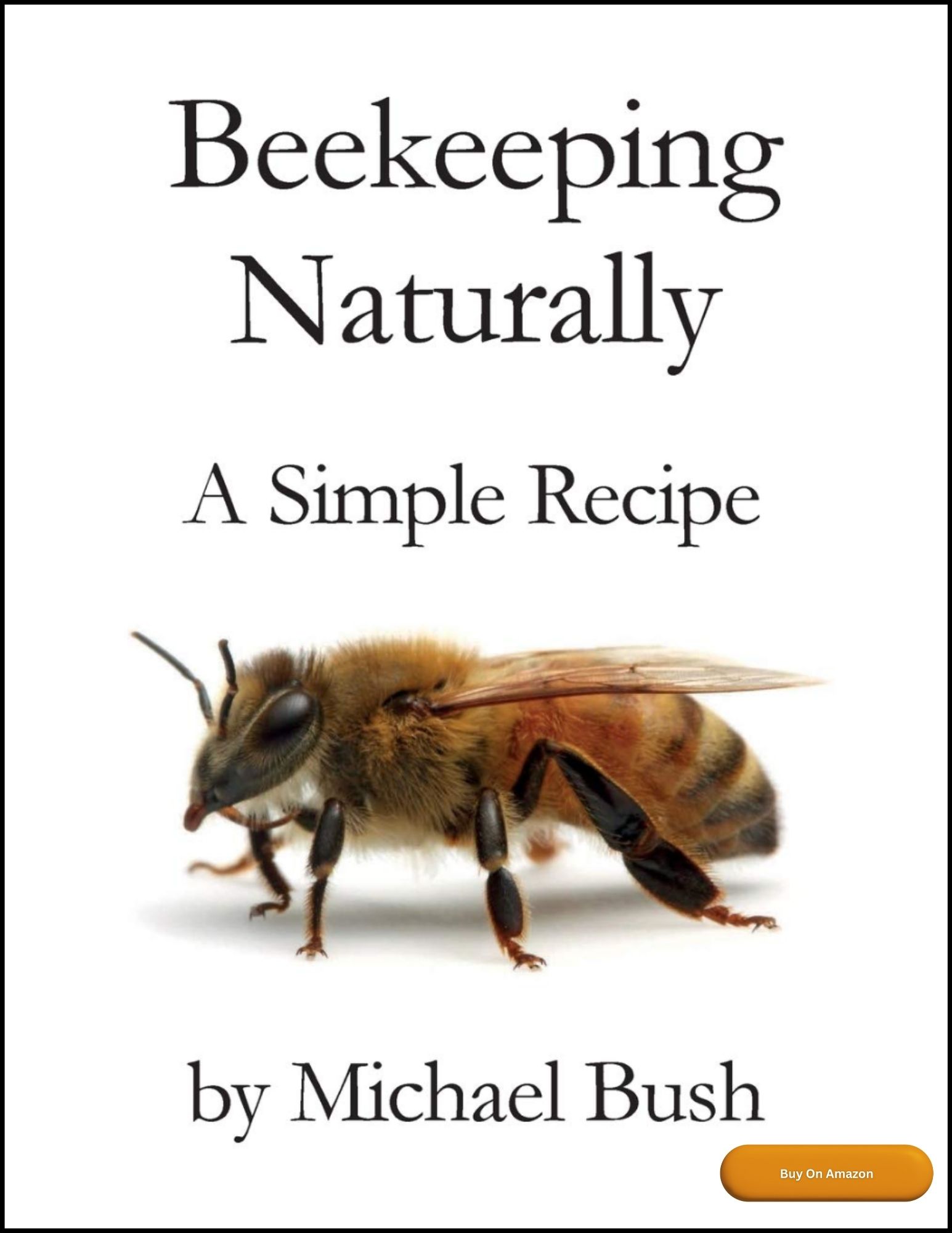
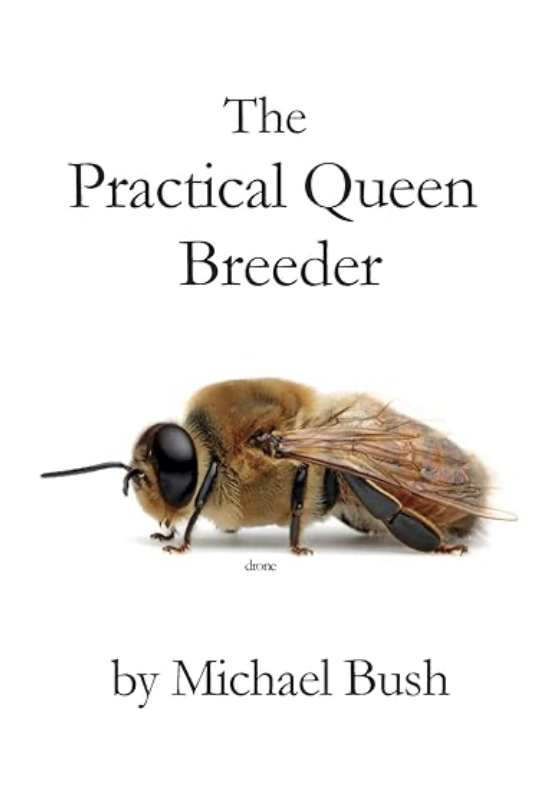
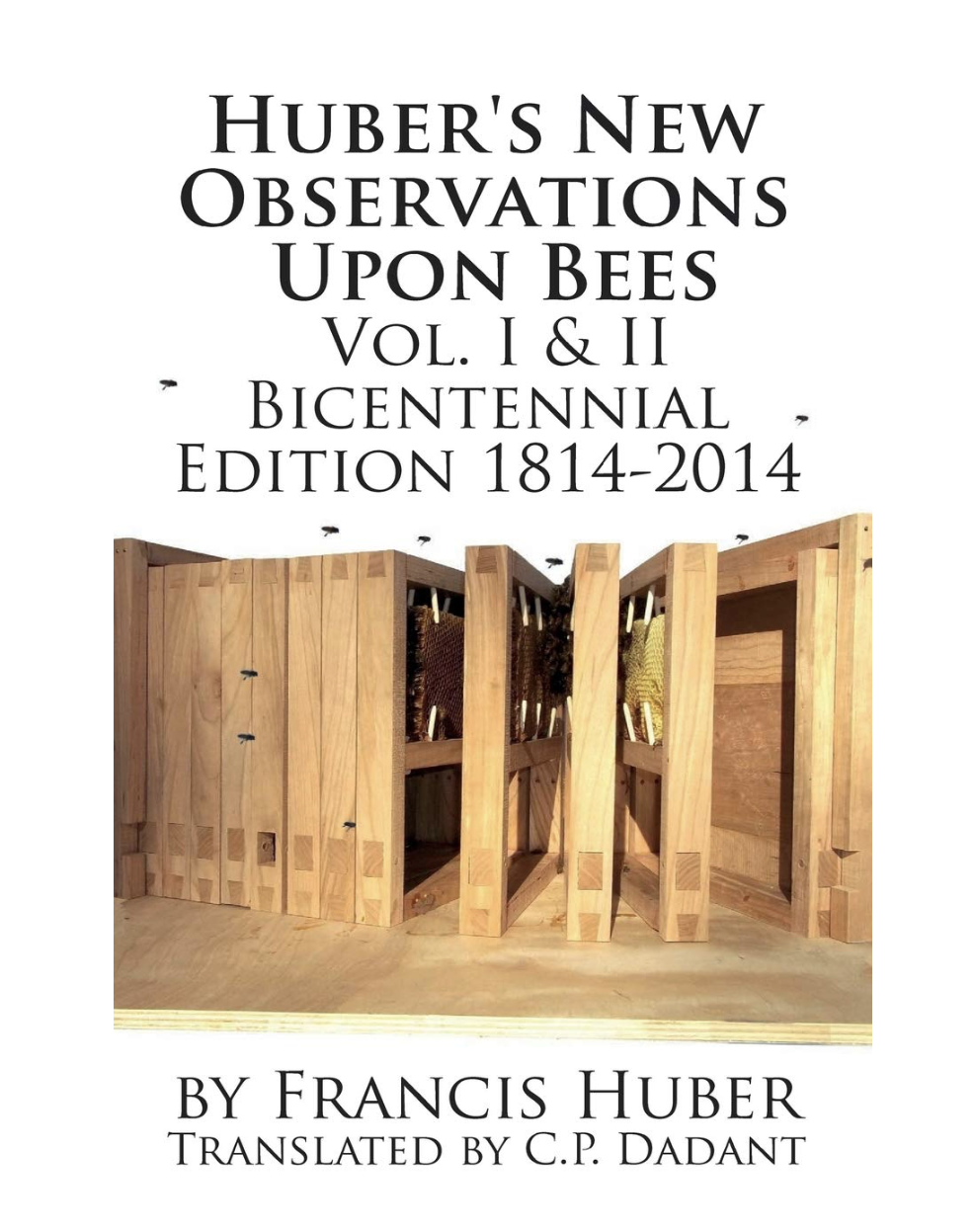
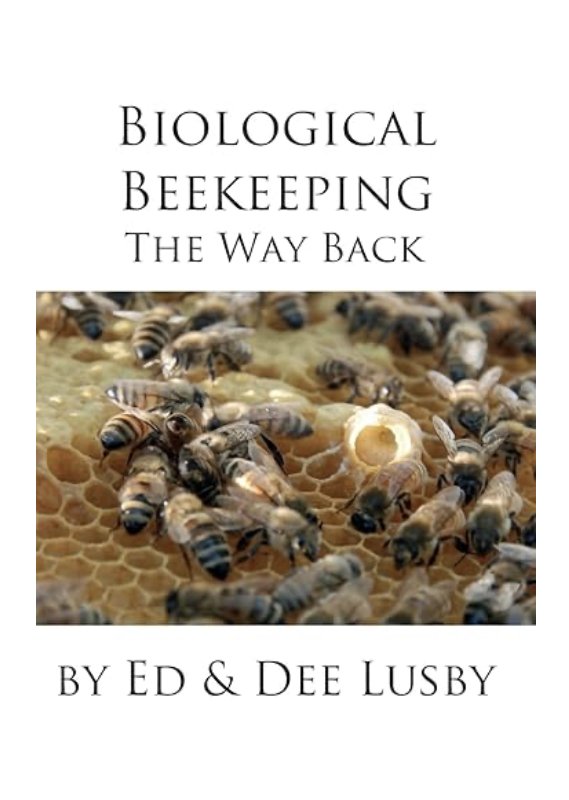

New! Comments
Have your say about what you just read! Leave me a comment in the box below.